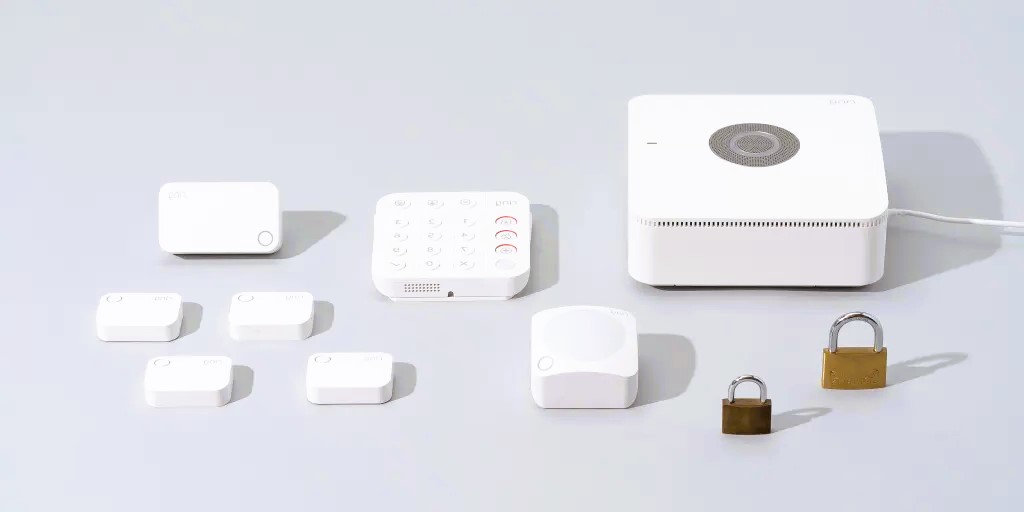Welcome to the future of home living, where technology seamlessly integrates with daily life to create a more convenient and efficient living space. Setting up your first smart home can be an exciting but sometimes overwhelming endeavor. In this comprehensive guide, we will walk you through the essential steps, devices, and considerations to turn your humble abode into a smart haven.
Understanding the Basics of Smart Homes
Before diving into the setup process, let’s explore what a smart home entails. A smart home incorporates devices and systems that are connected to a central hub, allowing for remote monitoring and control. These devices can range from simple smart bulbs and thermostats to more complex security systems and virtual assistants.
Step 1: Assess Your Needs and Prioritize
Begin by identifying the areas of your home where smart technology can make a significant impact. Common areas to consider include lighting, security, climate control, entertainment, and energy management. Assess your priorities and create a roadmap for the smart devices you want to integrate.
Step 2: Choose a Smart Home Ecosystem

Smart home devices often operate within specific ecosystems, such as Amazon Alexa, Google Assistant, or Apple HomeKit. Choose an ecosystem that aligns with your existing devices and preferences, as this will facilitate seamless integration and control.
Step 3: Start with Smart Lighting
One of the easiest entry points into smart home technology is through smart lighting. Replace traditional bulbs with smart bulbs or invest in smart light switches. This allows you to control the ambiance, color, and intensity of lighting through a mobile app or voice commands.
Step 4: Enhance Security with Smart Cameras and Doorbells
Boost the security of your home with smart cameras and video doorbells. These devices offer real-time monitoring, motion detection, and remote access. Some models even provide two-way communication, allowing you to interact with visitors from anywhere.
Step 5: Install a Smart Thermostat for Climate Control
Optimize energy efficiency and climate control with a smart thermostat. These devices learn your preferences over time, adjusting heating and cooling to maximize comfort and savings. Integration with voice assistants adds an extra layer of convenience.
Step 6: Invest in a Smart Home Hub
A central hub acts as the brain of your smart home, connecting and coordinating different devices. Popular hubs include Amazon Echo, Google Nest Hub, and Apple HomePod. Choose a hub that supports your selected ecosystem for seamless control.
Step 7: Explore Smart Home Entertainment
Elevate your entertainment experience with smart devices. Smart TVs, streaming devices, and sound systems can be integrated into your smart home ecosystem, allowing for unified control and automation.
Step 8: Incorporate Voice Control
Voice assistants like Amazon Alexa, Google Assistant, and Apple Siri add a layer of convenience to your smart home. Use voice commands to control devices, set routines, and access information, making daily tasks more efficient.
Step 9: Automate Routine Tasks with Smart Plugs and Sensors

Smart plugs and sensors enable automation by allowing you to schedule and trigger actions based on specific conditions. For example, set lights to turn off automatically when you leave a room or schedule coffee brewing in the morning. Do you like our article? Read also about Smart lighting.
Step 10: Prioritize Privacy and Security
As you build your smart home, prioritize privacy and security. Change default passwords, keep firmware updated, and be mindful of the data collected by smart devices. Regularly review and adjust privacy settings to align with your preferences.
International Standards and Smart Home Technology
The integration of smart home devices is facilitated by adherence to international standards. The International Organization for Standardization (ISO) plays a crucial role in developing and maintaining standards for various technologies, including those related to smart homes. These standards cover aspects such as device interoperability, data security, and communication protocols.
For more information on international standards related to smart home technology, you can refer to the ISO website.
Conclusion: Embracing the Smart Home Lifestyle
Congratulations on embarking on the journey to set up your first smart home! With the right devices, careful planning, and a focus on privacy and security, you can create a connected living space that enhances your lifestyle. As technology continues to evolve, staying informed about international standards ensures that your smart home remains a reliable and secure haven for years to come. Embrace the future of living with a smart home that reflects your preferences, simplifies daily tasks, and provides an unparalleled level of convenience.


